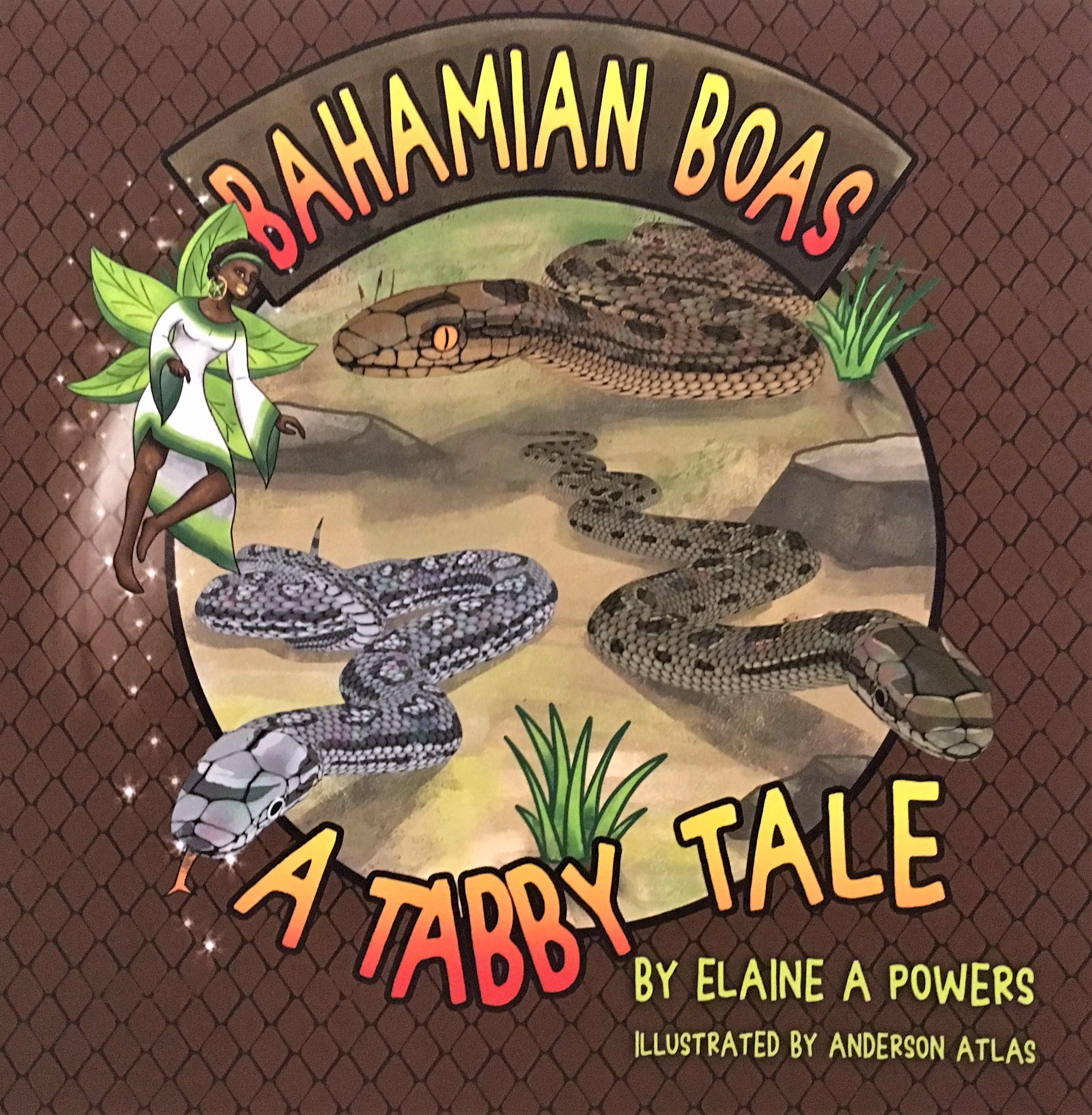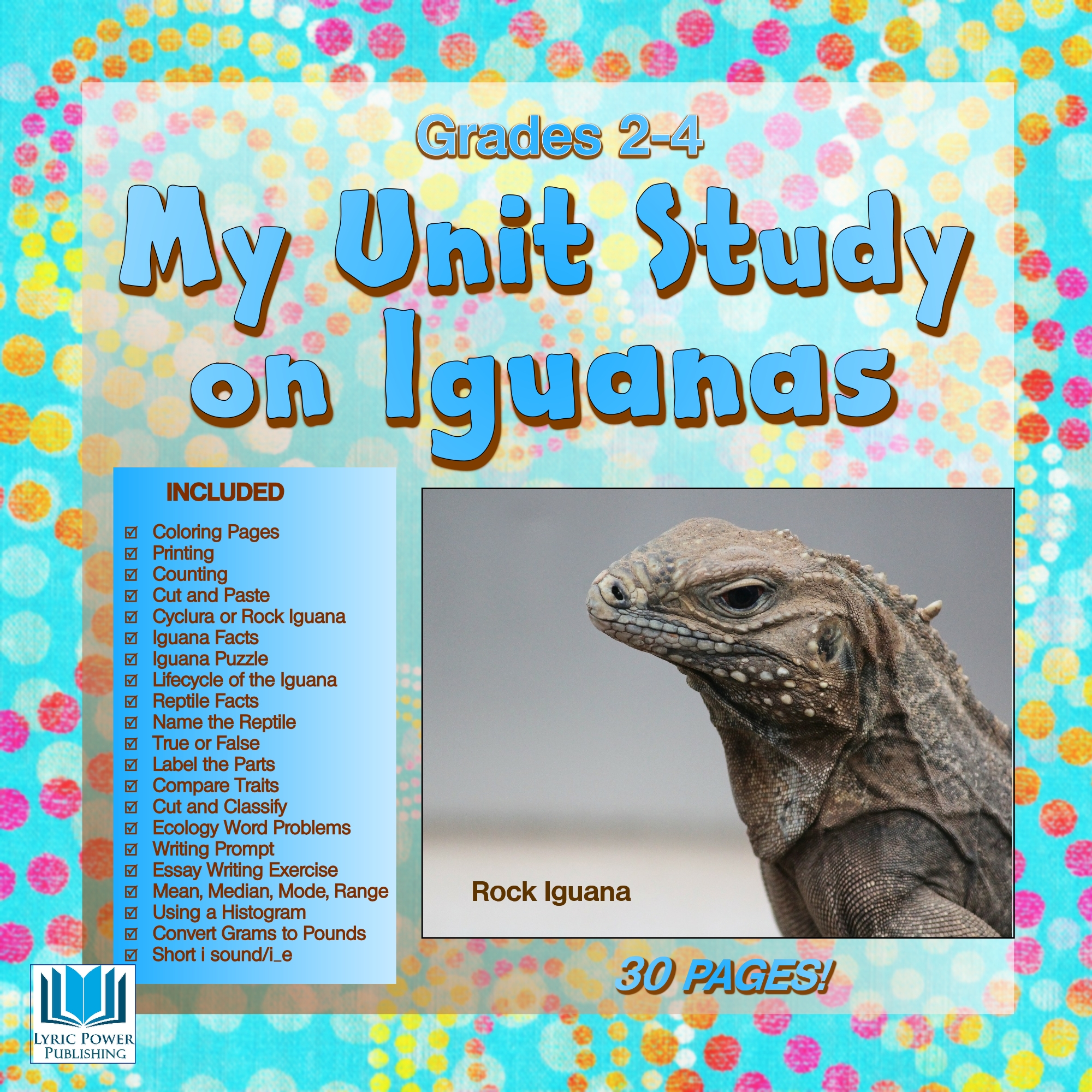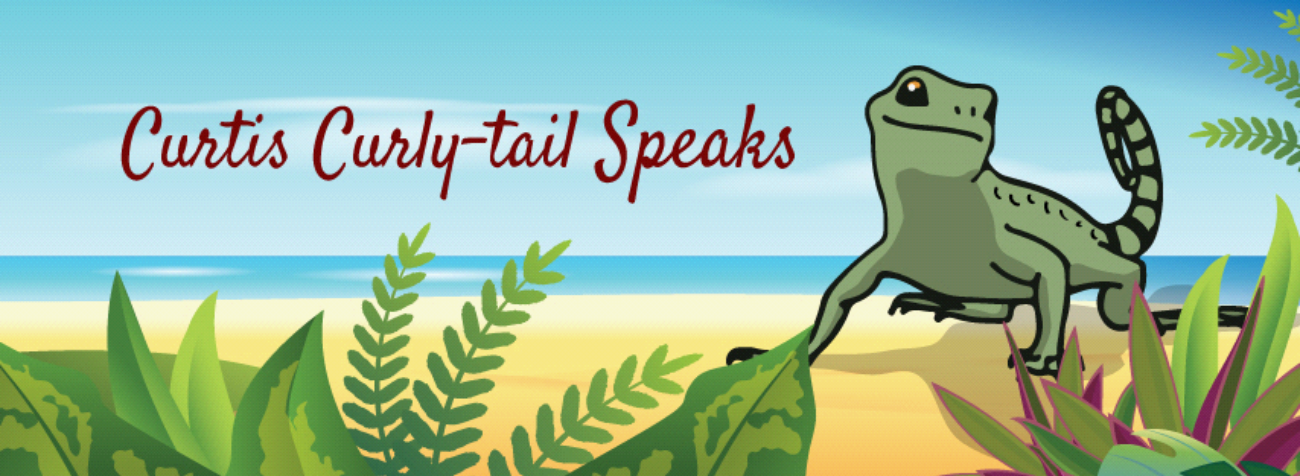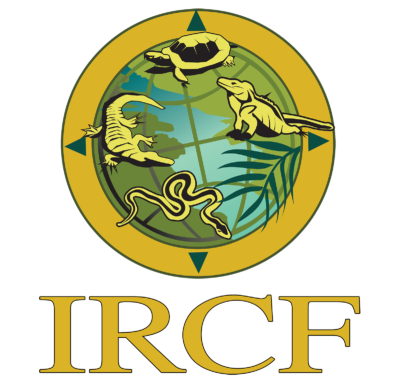This website uses cookies so that we can provide you with the best user experience possible. Cookie information is stored in your browser and performs functions such as recognising you when you return to our website and helping our team to understand which sections of the website you find most interesting and useful.
What Makes Animals Have Different Colors? by Elaine A. Powers, Author

In a previous post, I mentioned the different color-morphs of green iguanas. You might be interested to know what causes animals to come in these different colors.
The colors in reptiles and most other animals come from fascinating cells called chromatophores. Chromatophores are cells that contain pigments, one color per cell. Melanophores contain black pigment, erythrophores have red, xanthophores are yellow, and leucophores are white. Iridiophores are the cells containing the reflective pieces that produce iridescence (as seen in Bahamian Boas, A Tabby Tale above). The presence of and combination of these different cells determine the color patterns of the animal.
Chromatophores are located in the basal or lower layers of the epidermis. When a reptile sheds its upper epidermal layer, you’ll notice there are no colors in the old skin. That’s because the pigment cells are deeper.
The pigment granules inside the cells can be moved around. If you’re a cold-blooded (ectotherm) reptile and need to warm up, you would expand the black pigment in your melanophores to absorb more of the sun’s rays. When you were nice and warm, you would cluster the pigment back into the cell.
Chameleons are famous for their ability to alter their color patterns. They are able to do this by expanding and contracting the pigment granules within the various colored cells.
Hormones affect the expression of the colors. Iguanas become much brighter in color during mating season, when they need to attract a mate.
It’s a shame we humans only have the black pigment (melanin) chromatophores. Think of the fun we would have if we could change colors like a chameleon.
Interested in learning more about iguanas? Please see Lyric Power Publishing’s educational, supplemental workbook, My Unit Study on Iguanas.
To learn about our latest science-based children’s books and workbooks, to read our latest blog posts about reptiles, birds, cats, and gardening, in a variety of locations, and about how the books come to be, what inspires an author to write, and many more interesting aspects of the publishing business, fill in the box below and we will add you to our email list.
Thank you!





